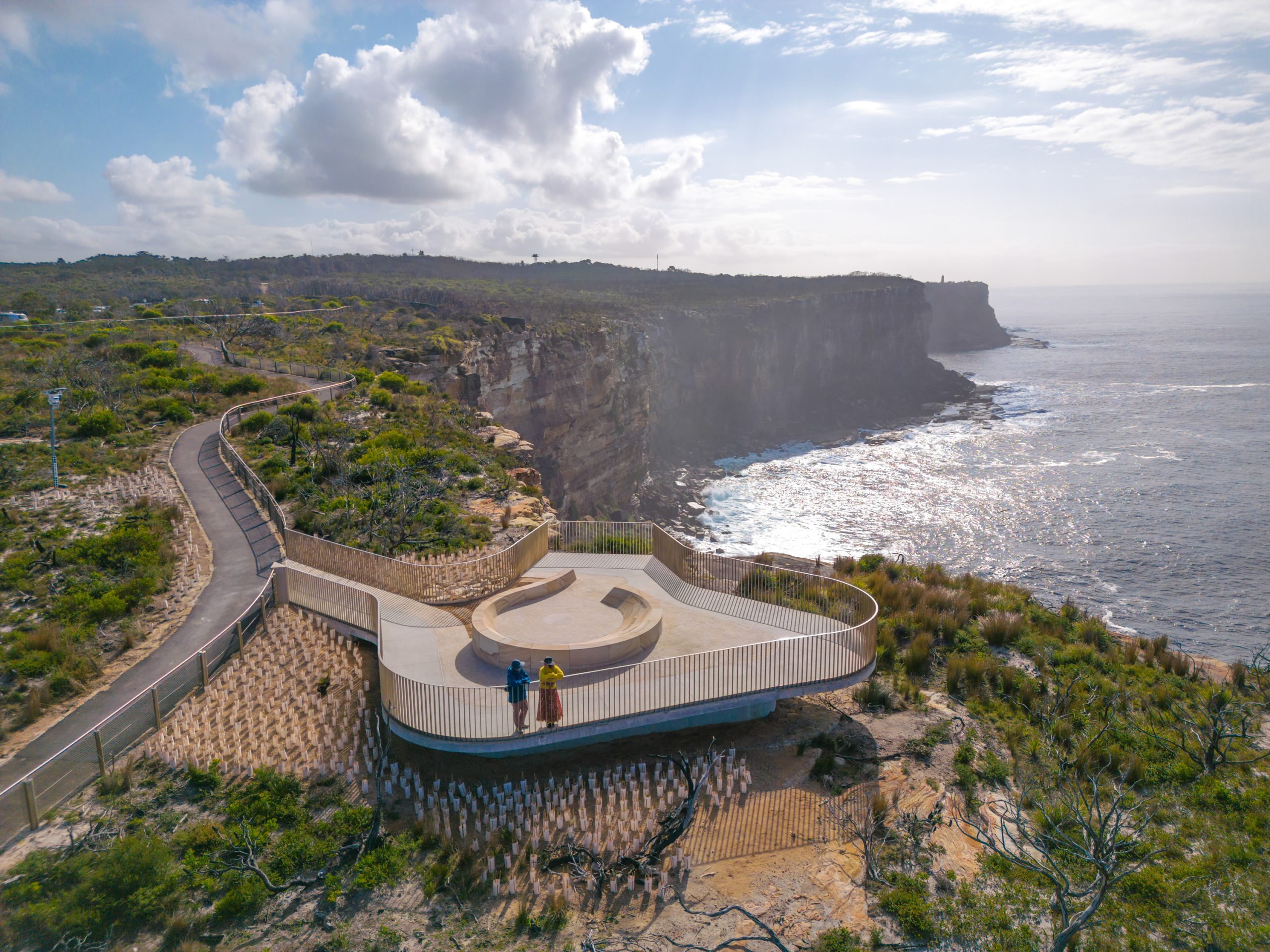Future Returns: Investing in Private Infrastructure
The sector also is expected to continue growing given the considerable global needs.
The amount of financing required for global infrastructure projects is estimated by McKinsey & Co. to be US$3.7 trillion annually through 2035—a daunting figure, but one that creates potential opportunities for wealthy investors.
That’s because investing in infrastructure assets through privately managed funds can deliver higher yields and better potential returns than other asset classes, according to J.P. Morgan Private Bank.
The sector also is expected to continue growing given the considerable global needs in a wide variety of projects, the bank says. McKinsey’s definition of infrastructure includes everything from what traditionally has fit that category—such as roads, bridges, airports, and power-generating utilities—in addition to more “new world” infrastructure, such as data and communications and renewable energy sources.
“Covid accelerated our clients’ understanding of this space, particularly as remote work made data and access to reliable communication essential,” says Kristin Kallergis, the private bank’s global head of alternative investments. It also showed the value of other new world forms of infrastructure, such as education and healthcare facilities.
J.P. Morgan estimated in a briefing for clients that private infrastructure assets have provided annual yields of about 7.2%. One reason is because some infrastructure projects, such as utility assets, are regulated and offer long-term, predictable cash flows, Kallergis says.
In the next 10 to 15 years, private infrastructure assets can realize a potential return of 6.1%, according to a September 2020 analysis by the bank.
Penta recently spoke with Kallergis about why investors may want to think about investing in private infrastructure assets today, and the type of opportunities it pursues.
Searching for Yield
Beginning late last year, J.P. Morgan Private Bank began speaking with its clients about a “reimagined 40%,” referring to the 40% allocation to fixed-income securities in a standard portfolio of 60% stocks, 40% bonds. With interest rates at rock-bottom levels, it was time to think about where else clients could get extra income.
Much of how the bank reimagined this 40% was through investments in private market alternative securities, such as real estate, a select number of hedge funds, and “a big piece was infrastructure,” Kallergis says.
The bank had an infrastructure fund on its investment platform for clients for several years, but with institutional minimums of US$2.5 million or more.
This year, the bank lowered those minimums, realizing that even the wealthiest of families interested in investing in infrastructure might prefer to start small to learn the asset class and to see how it performed, she says. The strategy worked.
“This year alone, we quadrupled the flows in that fund,” Kallergis says.
How to Invest in Private Infrastructure
For wealthy clients, there are four basic strategies for infrastructure investing, ranging from “core” funds, which have predictable cash flows that can be forecasted for a decade or more, to “core-plus” funds, which have those predictable cash flows but have some riskier element to them, Kallergis says.
For instance, core-plus funds often use slightly more leverage, such as a loan-to-value ratio of about 50%, Kallergis says.
These structures typically require investors to lock up their cash with the fund for two-to-four years, and then semi annually after that. Unlike a private equity fund—which asks investors to put up their committed capital over a period of time—once invested in a core-plus fund, investors have to put in 100% of their capital, Kallergis says. While returns in these funds may be lower than private equity, that 100% of capital begins compounding immediately.
The core-plus funds J.P. Morgan has allocated to for clients have realized net returns ranging from about 7% to 9%, with 6% to 7% of that delivered in yield—making them more of an “income play,” she says.
Value-added funds include assets that are more exposed to market-price risks and/or require “improvements or stabilization,” the bank wrote in a market update on the sector. There are few managers with this approach, however, Kallergis says.
For investors willing to shoulder more risk, there are “opportunistic” funds that are more akin to private equity and can generate net 15% returns.
“You are not getting the cash flow yield in the opportunistic bucket, but similar to how we love opportunistic real estate, we feel the same about infrastructure in terms of what it can add to the portfolio,” she says.
Until recently, most of the opportunistic income funds were invested in emerging market projects. But even for funds invested in great assets, emerging markets pose currency risks, meaning there is potential for everything invested in these funds in dollar terms to depreciate. India and Brazil, for example, have been “places with great infrastructure needs, a great investment thesis—but you had to be mindful of the risk you were taking from a currency perspective,” Kallergis says.
Little Boost Expected from Legislation
J.P. Morgan likes opportunistic funds for the diversity, income, inflation-protection, and yield, or DIIY, they provide.
Diversity refers to the low correlation infrastructure funds have to other sectors of the market, including real estate. The yield, Kallergis adds, is likely to be more and more of a factor in this space as more renewable power projects are financed.
While the nearly US$1 trillion infrastructure bill that passed the U.S. Senate on Aug. 10—and still needs to clear the U.S. House of Representatives—would spur spending on a range of projects, it wouldn’t “change the game for infrastructure investing,” Kallergis says.
What it does is allow more investors to learn about infrastructure and “whether they should have a piece in their portfolio,” she says. Given the great needs in the U.S., “most people are excited about what’s to come.”
Reprinted by permission of Penta. Copyright 2021 Dow Jones & Company. Inc. All Rights Reserved Worldwide. Original date of publication: August, 17, 2021.
 Copyright 2020, Dow Jones & Company, Inc. All Rights Reserved Worldwide. LEARN MORE
Copyright 2020, Dow Jones & Company, Inc. All Rights Reserved Worldwide. LEARN MORE
This stylish family home combines a classic palette and finishes with a flexible floorplan
Just 55 minutes from Sydney, make this your creative getaway located in the majestic Hawkesbury region.
Continued stagflation and cost of living pressures are causing couples to think twice about starting a family, new data has revealed, with long term impacts expected
Australia is in the midst of a ‘baby recession’ with preliminary estimates showing the number of births in 2023 fell by more than four percent to the lowest level since 2006, according to KPMG. The consultancy firm says this reflects the impact of cost-of-living pressures on the feasibility of younger Australians starting a family.
KPMG estimates that 289,100 babies were born in 2023. This compares to 300,684 babies in 2022 and 309,996 in 2021, according to the Australian Bureau of Statistics (ABS). KPMG urban economist Terry Rawnsley said weak economic growth often leads to a reduced number of births. In 2023, ABS data shows gross domestic product (GDP) fell to 1.5 percent. Despite the population growing by 2.5 percent in 2023, GDP on a per capita basis went into negative territory, down one percent over the 12 months.
“Birth rates provide insight into long-term population growth as well as the current confidence of Australian families,” said Mr Rawnsley. “We haven’t seen such a sharp drop in births in Australia since the period of economic stagflation in the 1970s, which coincided with the initial widespread adoption of the contraceptive pill.”
Mr Rawnsley said many Australian couples delayed starting a family while the pandemic played out in 2020. The number of births fell from 305,832 in 2019 to 294,369 in 2020. Then in 2021, strong employment and vast amounts of stimulus money, along with high household savings due to lockdowns, gave couples better financial means to have a baby. This led to a rebound in births.
However, the re-opening of the global economy in 2022 led to soaring inflation. By the start of 2023, the Australian consumer price index (CPI) had risen to its highest level since 1990 at 7.8 percent per annum. By that stage, the Reserve Bank had already commenced an aggressive rate-hiking strategy to fight inflation and had raised the cash rate every month between May and December 2022.
Five more rate hikes during 2023 put further pressure on couples with mortgages and put the brakes on family formation. “This combination of the pandemic and rapid economic changes explains the spike and subsequent sharp decline in birth rates we have observed over the past four years,” Mr Rawnsley said.
The impact of high costs of living on couples’ decision to have a baby is highlighted in births data for the capital cities. KPMG estimates there were 60,860 births in Sydney in 2023, down 8.6 percent from 2019. There were 56,270 births in Melbourne, down 7.3 percent. In Perth, there were 25,020 births, down 6 percent, while in Brisbane there were 30,250 births, down 4.3 percent. Canberra was the only capital city where there was no fall in the number of births in 2023 compared to 2019.
“CPI growth in Canberra has been slightly subdued compared to that in other major cities, and the economic outlook has remained strong,” Mr Rawnsley said. “This means families have not been hurting as much as those in other capital cities, and in turn, we’ve seen a stabilisation of births in the ACT.”
This stylish family home combines a classic palette and finishes with a flexible floorplan
Just 55 minutes from Sydney, make this your creative getaway located in the majestic Hawkesbury region.






















